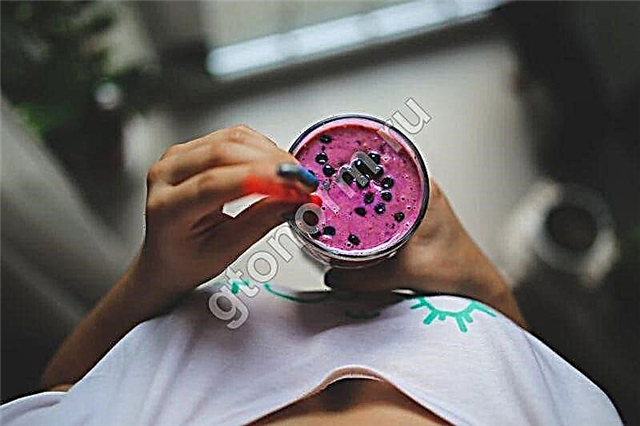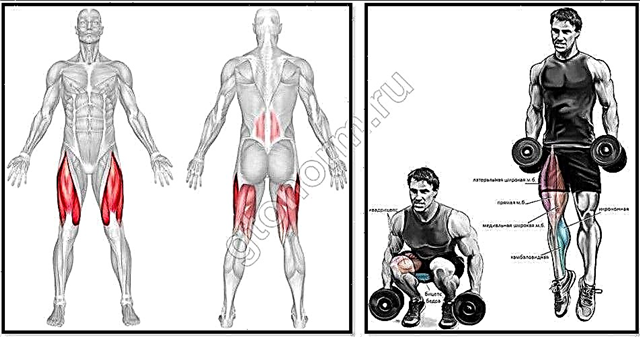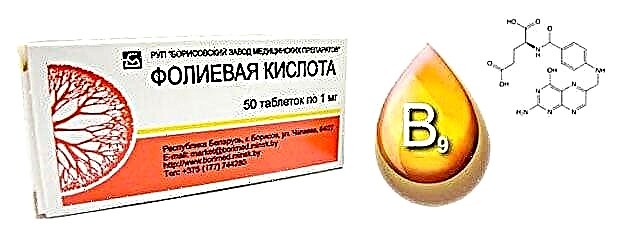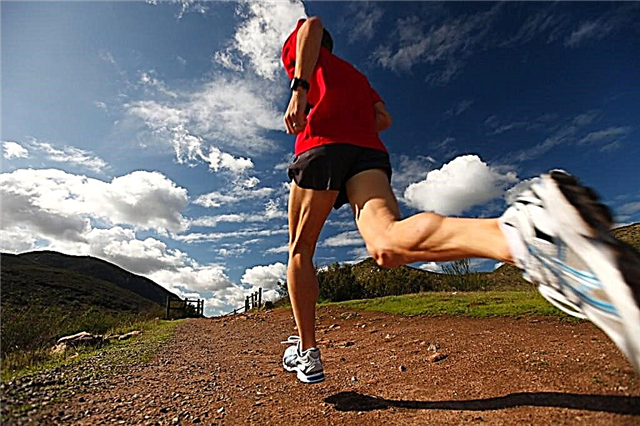Hello dear friends. I continue to write a series of articles in which I will talk about all the nuances of running as an example of my preparation for a marathon.

28 days left until the marathon
Today I have planned to run 30 kilometers. This run is a kind of indicator of the future marathon. It immediately shows what is missing to improve the results, how long you can count on, how to build a nutrition schedule during the distance, etc.

I planned to run 30 km in 2 hours. That is, 4 minutes per kilometer. I chose a simple track. Most of the path goes along a flat road covered with paving slabs. There is a small dirt site of 600 meters, as well as 2 simple ascents of 200 meters each.
Eating before running
2.5 hours before the race, I ate a large plate of boiled pasta to store glycogen. Instead of pasta, you can eat buckwheat porridge, rolled oats, oatmeal or rice, choose yourself. All of these cereals are rich in carbohydrates.

Do not forget that there is better no later than 2 hours before training... Otherwise, the food may not have time to digest, and during the run, due to this, additional difficulties.
Running distance selection and warm-up
Before starting the main distance, I ran about 1 km easy run to warm up. Then he made several stretching exercises.

The distance consisted of 3 laps in 10 km... At the end of the circle there was a spring where you could drink water. As it turned out, one food point per 10 km is not enough. The lack of water began to be felt after 5-6 km, despite the fact that it was cool outside. Therefore, it is best to replenish the water supply every 5 km... Then the feeling of thirst will not appear, and it will become easier to run. This only applies to crosses longer than 15 km. You can run up to 15 km without food points.
Overcoming the distance
Running at a pace of 4 minutes per kilometer was not easy. On the first and second laps the pulse was felt in the region of 160-170 beats. On the last loop, it clearly increased to the level of 170-180. We managed to do so in order to cover the entire distance at approximately the same speed. A common mistake many runners make is starting too quickly. And then there is not enough strength to run the entire distance at the same pace. Ideally, it is necessary, on the contrary, to constantly increase the pace or always run at the same speed. This way you will always run better.

Eating while running
The first time I ran into the spring, which in my case was a feeding point, after 15 km. It is believed that an hour after the start of an intense workout, the body destroys all glycogen and needs replenishment. Namely, 60-100 grams of carbohydrates. Therefore, in front of the spring, 500 meters away, I ate a gingerbread. Chocolate or fruit such as banana or tangerine are best for replenishing energy. You can also eat sweet baked goods that don't crumble so you don't accidentally inhale the crumbs while you eat.
Gels or energy bars are ideal. which you can make yourself or buy at a sports food store. In one of the following articles, I'll make an energy bar and tell you about that. how to do it.
The second time I ran to the food point after 25 kilometers. I didn't eat anything. I just drank some water and ran to the finish line.

In general, try to drink water in an amount that does not cause discomfort. Because when you start to drink while running, it is sometimes difficult to stop and you can drink too much. And this threatens with unpleasant sensations in the stomach.
That said, drinking too little water is also bad, as dehydration may prevent you from running normally.
Post-workout nutrition
When I got home, I drank about 700 grams of water. Don't be afraid to drink after exercise. If the body requires, then satisfy its desire. Yes, you can't drink a lot while running, even if the body wants, but after running, drink water in any amount.
After about half an hour, I ate chicken soup. After training, you need to consume protein food in order for faster muscle recovery.

This is how I ran the 30 km pre-marathon pace cross.
The next stage of preparation is running 1-2 km sections, fartlek, general physical training in a small amount.
Food is purely carbohydrate, that is, less fatty food that is poorly digested, a moderate amount of protein and a large amount of carbohydrates. And so on until the moment when there is a week left before the marathon.
I'm planning to do a lot of work at the stadium on Wednesday. And in the next article I will talk about running in segments, how this type of training is useful, and what nuances must be taken into account in this mode.
To improve your results in running at medium and long distances, you need to know the basics of running, such as correct breathing, technique, warm-up, the ability to make the right eyeliner for the day of the competition, do the right strength work for running and others. Therefore, I recommend that you familiarize yourself with the unique video tutorials on these and other topics from the author of the site scfoton.ru, where you are now. For readers of the site, video tutorials are completely free. To get them, just subscribe to the newsletter, and in a few seconds you will receive the first lesson in a series on the basics of proper breathing while running. Subscribe here: Running video tutorials ... These lessons have already helped thousands of people and will help you too.









